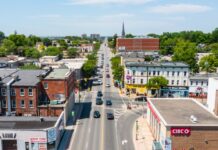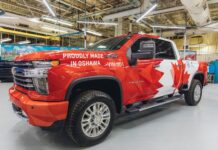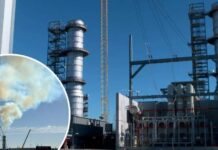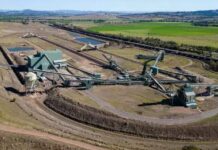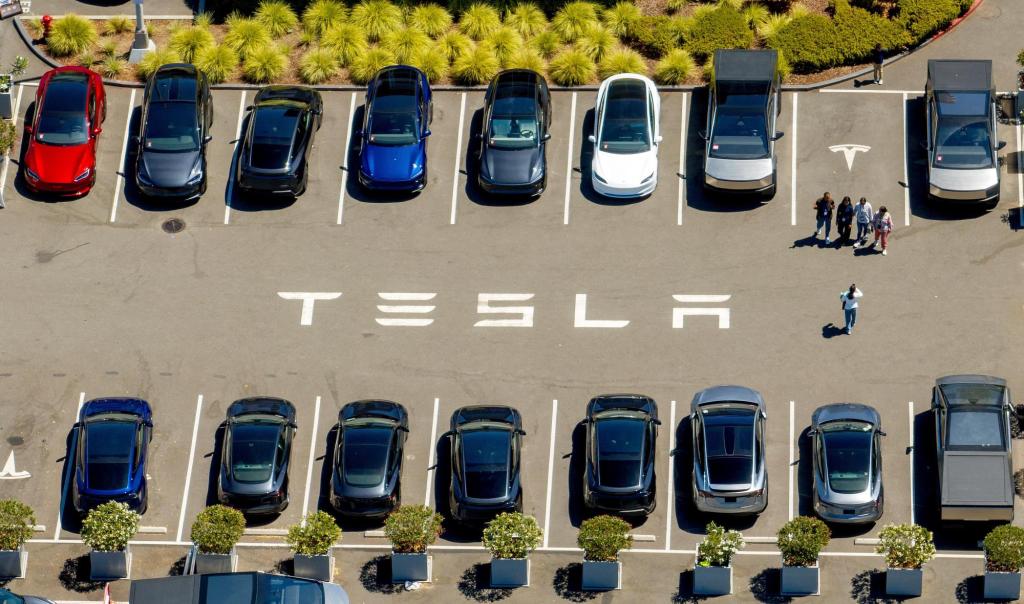Federal auto safety regulators are currently scrutinizing Tesla for its failure to promptly report crashes related to its self-driving technology. This investigation emerges as the automaker ramps up plans to deploy hundreds of thousands of autonomous vehicles across the U.S. within the next year. The National Highway Traffic Safety Administration (NHTSA) revealed that Tesla’s notifications about numerous incidents were submitted significantly late—sometimes months after the accidents—rather than within the mandated five-day timeframe.
But why is this delay concerning? As Tesla pushes the boundaries of self-driving technology, ensuring safety and transparency becomes paramount. This article will delve into the implications of this investigation, examine Tesla’s recent initiatives in autonomous driving, and consider the potential ramifications for both the company and its investors.
Understanding Tesla’s Reporting Responsibilities
Tesla is obligated to report any crashes involving its driver assistance and self-driving features promptly. However, the NHTSA is questioning the timeliness and completeness of these reports. They are particularly interested in:
These factors are crucial for understanding the overall safety of Tesla’s autonomous systems.
The Context of the Investigation
This probe comes shortly after Tesla launched a self-driving taxi service in Austin, Texas, aiming for nationwide expansion soon. Additionally, the company plans to implement over-the-air software updates for millions of existing Teslas to enhance their self-driving capabilities. With such lofty ambitions, any safety oversight could have serious repercussions.
Moreover, investor confidence has been a mixed bag. Despite recent challenges, including declining sales and profits due to boycotts linked to Elon Musk’s political affiliations, Tesla’s stock has remained relatively stable. However, the ongoing scrutiny could affect this stability as stakeholders become increasingly concerned about safety protocols.
Previous Investigations into Tesla’s Technology
This isn’t the first time Tesla’s self-driving technology has come under the microscope. There was another investigation initiated last October, focusing on issues with the technology in low-visibility conditions, such as fog. This earlier inquiry has already been linked to several accidents, including a fatal incident, affecting roughly 2.5 million vehicles.
So, how will this latest investigation play out? The NHTSA will closely monitor Tesla’s response and any updates regarding their data collection methods. Tesla has indicated that the delays were linked to problems with its data collection processes, which they claim have now been addressed.
The Future of Autonomous Driving
As the landscape of autonomous driving evolves, the importance of regulatory compliance and safety cannot be overstated. The outcome of this investigation could reshape Tesla’s approach to safety reporting. It would also send a message to other companies in the industry about the necessity of adhering to safety standards.
With the promise of self-driving vehicles on the horizon, it’s vital for both consumers and investors to remain informed. Transparency in reporting is not just a regulatory requirement; it’s essential for building trust in this innovative technology.
As Tesla navigates this challenging terrain, the stakes are high—not just for the company, but for the future of autonomous driving as a whole.








